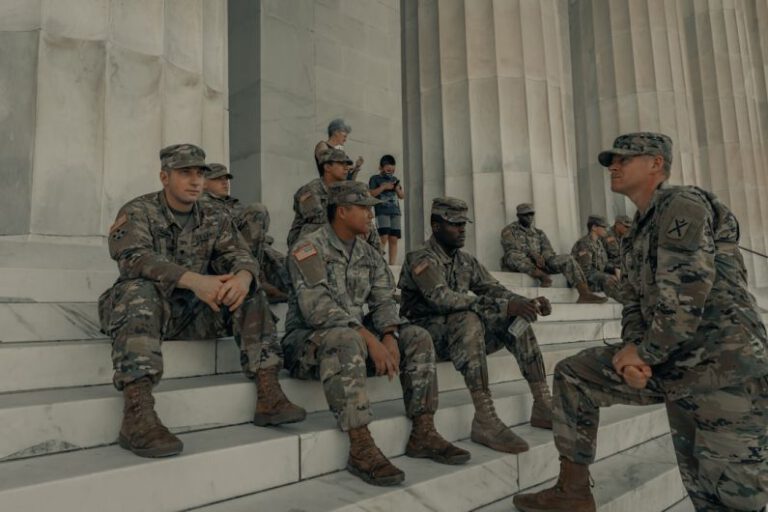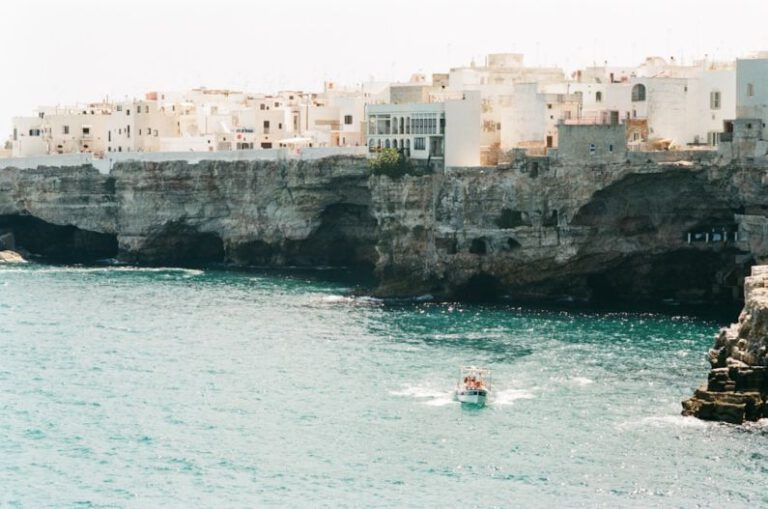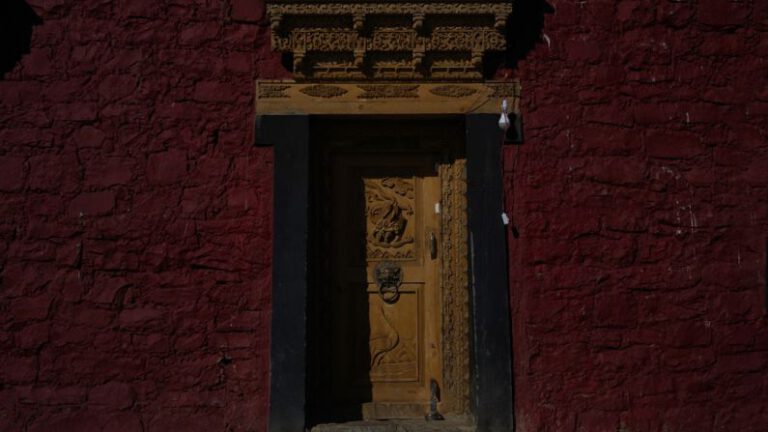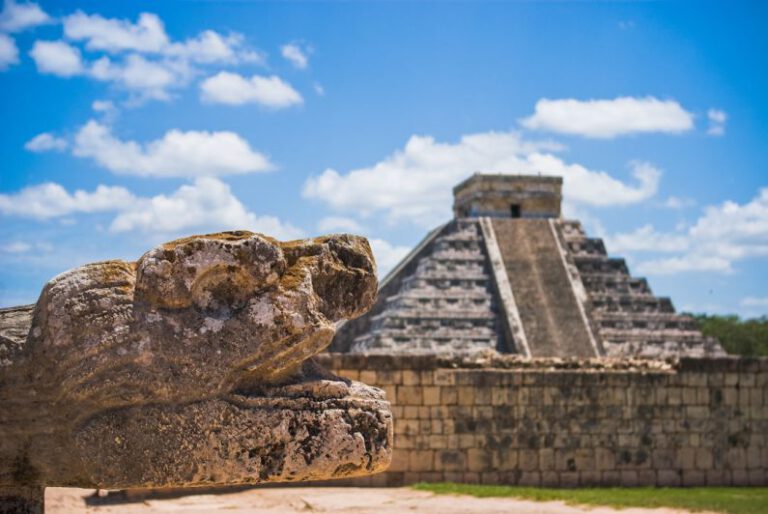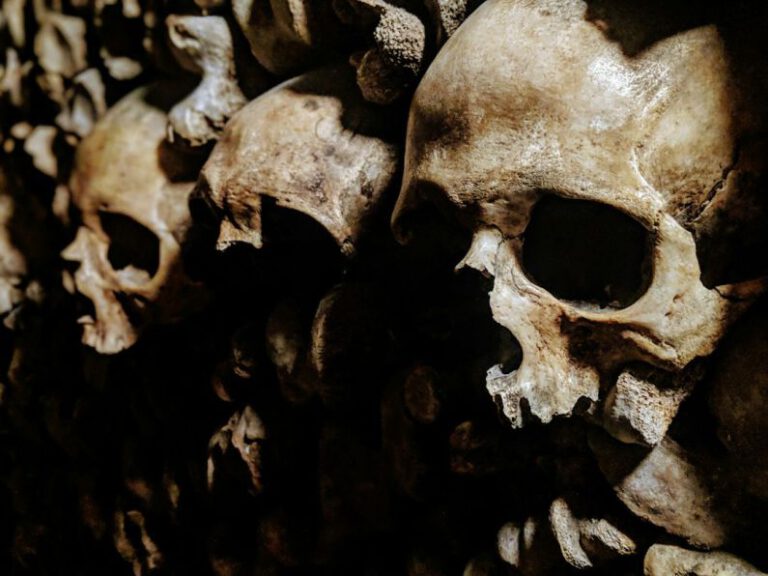Where Are the Moai Statues, Easter Island?
Easter Island, also known as Rapa Nui, is a remote volcanic island located in the southeastern Pacific Ocean. It is famous for its enigmatic and awe-inspiring Moai statues, massive stone figures that have puzzled and intrigued visitors for centuries. The Moai statues are an integral part of the island’s cultural heritage and have become iconic symbols of Easter Island. But where are these mysterious statues located, and what is their significance? Let’s delve into the captivating world of the Moai statues on Easter Island.
**The Moai Statues of Easter Island**
The Moai statues are monolithic human figures carved by the Rapa Nui people between the 13th and 16th centuries. These statues range in height from a few feet to over 30 feet tall and are characterized by their distinct, stylized features. The Moai statues were created to honor deceased ancestors and were believed to embody spiritual power and protection.
**The Ahu Platforms**
The Moai statues are typically mounted on stone platforms called Ahu, which served as ceremonial sites and burial grounds. The Ahu platforms are strategically positioned along the coastline of Easter Island, facing inland towards the villages. Each Moai statue was meant to watch over and protect the community it overlooked. The construction of these massive statues and platforms is a testament to the engineering and artistic prowess of the ancient Rapa Nui civilization.
**Rano Raraku: The Quarry of the Moai**
The majority of the Moai statues on Easter Island were carved from the volcanic tuff stone at Rano Raraku, a quarry located near the island’s eastern coast. This quarry is where the Rapa Nui artisans meticulously carved and shaped the massive stone figures before transporting them to various Ahu sites around the island. The quarry is a fascinating archaeological site, with unfinished Moai statues scattered across the landscape, giving visitors a glimpse into the intricate process of statue production.
**Ahu Tongariki: The Largest Ahu Site**
One of the most iconic and impressive Ahu sites on Easter Island is Ahu Tongariki, located on the island’s eastern coast. This site features 15 restored Moai statues standing tall and proud on a massive platform, overlooking the vast Pacific Ocean. Ahu Tongariki is the largest Ahu site on Easter Island and is a popular destination for visitors seeking to marvel at the grandeur and mystery of the Moai statues.
**The Ahu Akivi: The Seven Explorers**
In contrast to the coastal Ahu sites, the Ahu Akivi is a unique inland ceremonial site that features seven Moai statues facing the ocean. Legend has it that these seven statues represent the seven explorers sent by the Polynesian king Hotu Matu’a to explore and settle Easter Island. The Ahu Akivi is a significant archaeological site that offers a different perspective on the cultural and historical significance of the Moai statues.
**The Conservation and Preservation of the Moai Statues**
Over the years, the Moai statues on Easter Island have faced various threats, including natural erosion, vandalism, and looting. In recent decades, efforts have been made to conserve and protect these ancient artifacts for future generations. Conservation projects, such as stabilizing the statues, preventing further erosion, and educating visitors about the cultural significance of the Moai, have been implemented to ensure the long-term preservation of these iconic symbols of Easter Island.
**Unraveling the Mysteries of Easter Island**
The Moai statues of Easter Island continue to captivate and intrigue people from around the world with their enigmatic presence and cultural significance. As visitors wander among the towering stone figures and ancient Ahu sites, they are transported back in time to a civilization that flourished in isolation on this remote island. The mysteries surrounding the creation, purpose, and significance of the Moai statues may never be fully unraveled, but their enduring legacy serves as a testament to the ingenuity and creativity of the Rapa Nui people.
**Exploring Easter Island’s Enigmatic Treasures**
Easter Island is a place of wonder and fascination, where the Moai statues stand as silent sentinels of a bygone era. The island’s rich cultural heritage, stunning landscapes, and intriguing history make it a truly unique destination for travelers seeking to uncover the mysteries of this remote and captivating corner of the world. Whether you are drawn to the enigmatic allure of the Moai statues or the natural beauty of the island itself, Easter Island offers a once-in-a-lifetime opportunity to explore and experience a world unlike any other.

